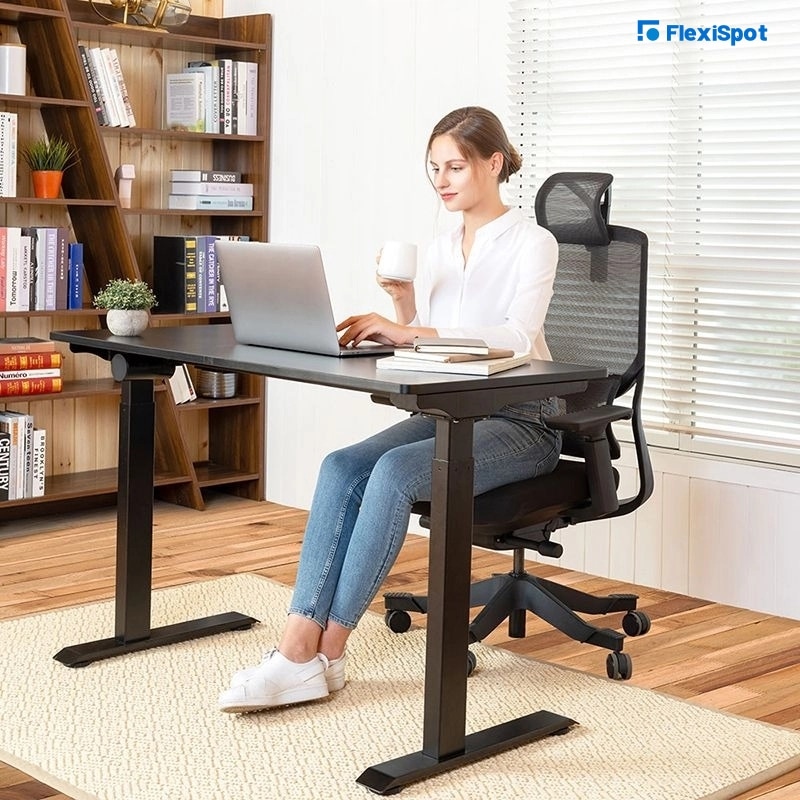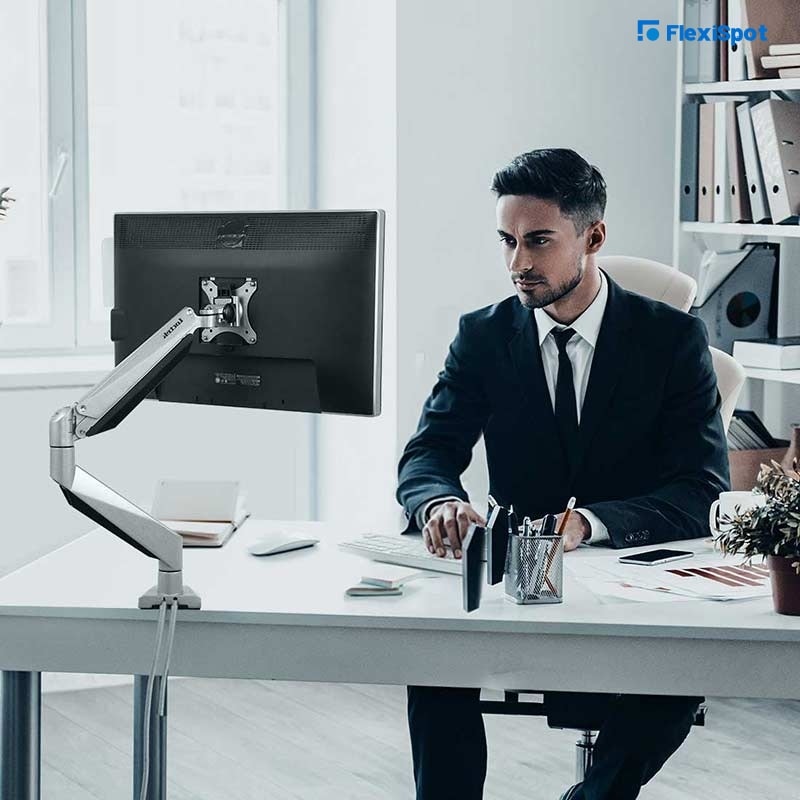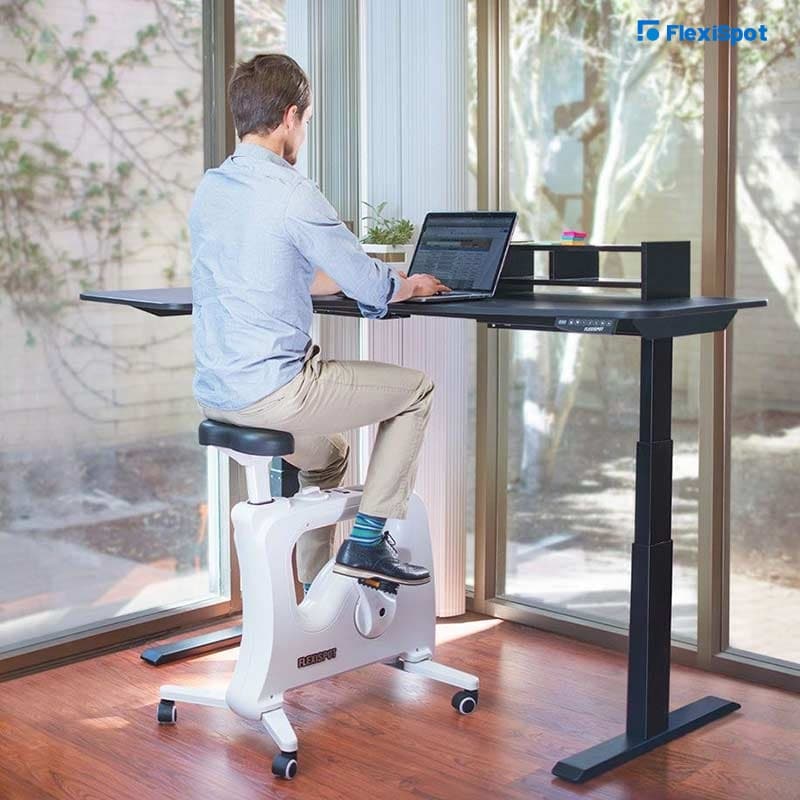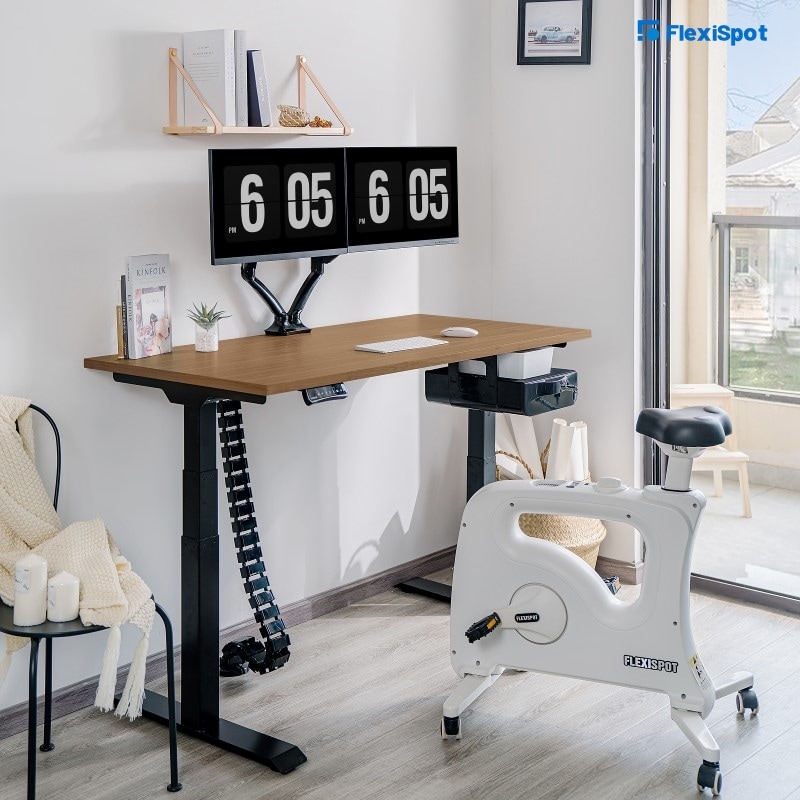We've known for years that spending too much time sitting, as well as bad posture, ergonomics, and job design, may harm the musculoskeletal and cardiovascular system. According to research, working in a sedentary workplace, which includes inactivity such as sitting for lengthy periods of time, can be harmful to your health. Sitting for hours has definitely garnered a bad rap in recent years, and this will continue as more research is done into sitting for too long. It is now being dubbed "the new smoking."
Cardiovascular diseases are one of the most often reported work-related illnesses as well as musculoskeletal system (MSDs) issues that are characterized by pain and discomfort in muscles, joints, and soft tissues. This is true across the board, from sedentary office occupations to manual industrial positions. Ergonomists, including practitioners and academia, are continuing to seek to raise awareness and minimize the occurrence of health issues.
Sedentary lifestyle and work research continue to concentrate on cardiovascular concerns, and this trend is expected to continue. There has been an increasing interest and attention on the various dangers connected with being sedentary, according to the research. Sedentary behaviour has been linked to the primary causes of illness and death in studies (cardiovascular disease, some cancers, and diabetes).
We've seen this get a lot of coverage in the last 5 years, so it may seem that this is fresh knowledge; nevertheless, we've known about these concerns for a long time. A study in 1950 examined the prevalence of coronary heart disease among bus conductors and drivers. In comparison to the more sedentary bus drivers, individuals in the more active job (conductors) had reduced incidences of coronary heart disease.
Too much inactive time is terrible for us, not just for our cardiovascular system but also for our overall health, according to a study. We're still dealing with these hazards 67 years after the research, but with a lot more intensity. This heightened focus might be ascribed to the fact that, as a culture, we have grown much more sedentary, both at work and at home. Many technological advancements have eliminated the natural mobility that we used to experience, particularly at work. Years ago, we could break up desk work by doing non-desk jobs like faxing, printing, and filing instead of sedentary desk activities. It has become more automated now, so workers stay at their desks more.
If you are an inactive worker with poor ergonomics, you may begin to experience these harmful impacts. Although sitting at a desk may not seem to be particularly dangerous, many office employees have muscular, joint aches, and other body pains, which may be connected to bad posture or working methods. Back pain, neck pain, shoulder pain, and hand/wrist discomfort are all prevalent complaints.

What Role Does Ergonomics Play in Ergonomics?
Ergonomics is the science of making the environment suit you rather than the other way around. Have you had a job in an uncomfortable position? If you have, it's probable that ergonomics were not considered when the work, equipment, or surroundings were designed.
Since we are all unique, no one posture or work setting is 'optimal' for everyone. Your workplace equipment is adjustable since ergonomics were considered when purchasing your chair, desk, mouse, screen, and keyboard!
The first step in improving your ergonomics and comfort at your desk is to get acquainted with the equipment you use. Don't be afraid to adjust your chair, pull the levers, and click the buttons; you may be amazed at how adaptable it is! Here are a few best practice suggestions to help you feel more at ease.

Ergonomics Risk Management Best Practices
Position the backrest to support the back and lumbar area (the curvature at the base of your spine).
Make the backrest somewhat reclined.
Keep your screen at least an arm's length away from you.
Your screen's top needs to be at eye level.
Align the keyboard and monitor in the middle
Raise your chair to the point where your forearms are parallel to the monitor and in line with the keyboard.
When typing, make sure that the shoulders are relaxed and 'float' the hands over the keyboard to use it —don't rest the hands on the desk or use the cursor while typing.
Place your feet flat on the ground or on a footstool.
Spend less time sitting at your work, in meetings, and at home. Every 20-30 minutes, try to get up and stretch.
Alter your posture on a frequent basis - the greatest posture is the next one!
Don't save non-desk chores till the end of the workday; include them into your schedule. It will keep you on the go.

Reduce Your Sitting Time and Do More Exercise
Office workers, particularly contact center employees, often believe they have no option but to stay at the desk and only get out of the chair for authorized breaks. It's important to include exercise throughout your day, and standing up between calls is a terrific way to do so at a contact center. Since headsets are often wireless or have an extension cord, this should be simple. Standing up and stretching, as well as adjusting your posture, might help you feel more comfortable.
We're all guilty of being so engrossed in the work that we fail to move. If remembering to get up and modify your posture is proving tough, try creating an implementation aim. This is a goal that is associated with something that will serve as a warning for you. This is written as an 'if-then' expression. For instance, I have a stone on the desk with a message that says, "If I glance at the stone, I will rise up and stretch." I know I stretch a lot since I stare at the pebble so often during the day! You've created a new, good lifestyle before you realize it!
We also recognize the need to increase our physical activity.

Workplace Tips for Increasing Activity and Reducing Sedentary Time
Take the stairs instead of the elevator! Make the stairwell more appealing. Posters that show how many calories and steps you've taken may be quite motivating.
To promote increased exercise, set up a step challenge or other wellness activities.
Relocate printers and beverage machines to a location where employees must walk.
Create a map of local walking paths that employees may go during their lunch break.
Hold standing meetings — the room will be more energized, and the meeting will be more productive!
Get a Standing Desk
Sedentary lifestyles can adversely impact heart health more than we often realize. Ergonomics and cardiovascular diseases are very closely related. This is why it can be a great idea to get a standing desk that can increase your physical activity. It helps you burn off calories while working and keeps you physically fit. Plus, it also reduces joint and back pains!
It is quite convenient, so you can shift from the standing position to the sitting position whenever you want. This allows you to switch positions often and easily, meaning that you can stretch and work periodically to keep up heart health.

What If You Don't Have to Go to Work Every Day?
Many firms have developed new means of working in addition to the usual working environment, implying that we do not need to be in the workplace every day. Many of us now have a lot of freedom when it comes to where and how we work, which is usually wrapped up under words like flexible or agile working, home working, and hot desking.
Of course, not everybody works in an office; in fact, you may have been working 'on the go' for years. For example, if you work in retail or account management, you may spend a lot of time either driving or taking the train.
What are the Advantages?
There are certainly genuine advantages to working in a more flexible setting. If you can work from home as well as stay productive at work, you'll be able to keep working even if you can't go into the office. This work-life balance may benefit both the person and the business.